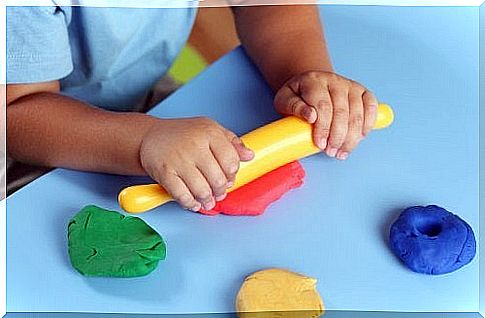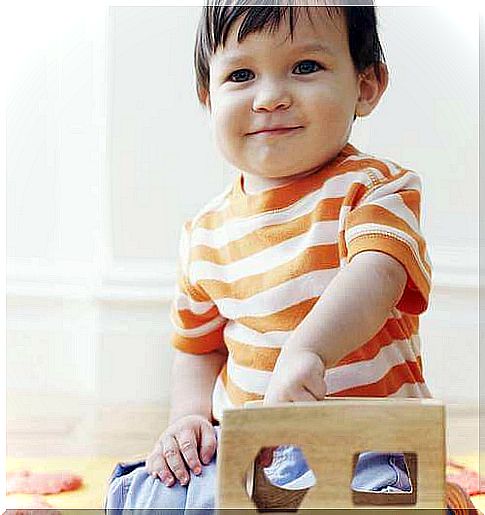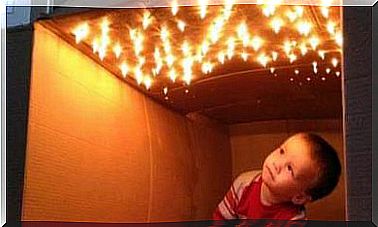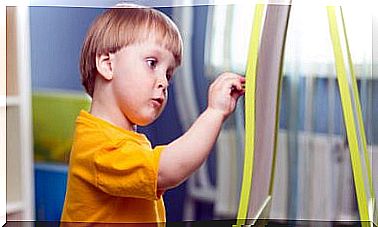Tips For Teaching Your Child To Play Alone

Children need parents to play with them, especially younger ones. For them it is a way to learn from social interactions with their parents and this will help them grow and develop healthy behaviors. However, children should also develop their independence at the same time by spending time playing alone. In this article, you will find tips for teaching your child to play alone.
There are few special things like playing with your baby, especially when he is still small. However, there comes a time when your child needs to learn to do things on their own: it is good that even if only for twenty minutes and always under your watchful eye, your child learns to play alone. Young children need constant supervision, but they also need to learn to do without you. Here’s how to teach your child to play alone.
8 tips to teach your child to play alone
1. Spend time alone in the room
Letting your child spend time alone in the same room with you is a great idea. In this way, the little one can play alone but you will never lose sight of him. You could give him some toys or books to touch. However, don’t give him too many, or he’ll get tired soon. Instead, think of some toys that he particularly likes.

2. Be a good example
To be a good example, your child should see you do things by yourself: therefore, he will imitate you. For example, you can show yourself playing with colored dice, reading a book, or painting on paper or a blackboard. Remember to buy non-toxic products because 1-year-olds tend to put everything in their mouths.
3. Less television to teach your child to play alone
Don’t rely on televisions, cell phones or tablets to entertain your child. This will only change the addiction it has for you to screen addiction.
This is not the goal. On the contrary, it is important to teach your child to play alone, so that he gains autonomy and is able to invent his own games by developing his own creativity and imagination.
4. Establish a safe space
It is very important that there is a safe space in the house where your child can live and play alone without running any danger and without any risk of getting hurt. It will be good to create delimited areas or that everything is ready in his bedroom so that you can experiment without danger and without hurting yourself.
5. Let him play alone without interrupting him
If your child is having fun and playing, don’t interrupt him. For example, if you have to let him play another 15 minutes before dinner, nothing happens. Be flexible because these moments of play are very important for his emotional development and also to develop a certain independence and autonomy. As this autonomy grows, your child will feel more and more confident and happy.

6. Clutter doesn’t matter
Surely you will have occasionally put your hands to your hair at the sight of the disorder created by your child’s toys around the house. However, the confusion is good. The ideal would be to keep some control over your child until you find out what is the best way for him to have fun alone. When the game is over, you can help him collect the toys so that he gradually learns that it is his responsibility to do so.
7. Spend quality time with your child
Letting your child play alone to improve his independence and autonomy does not mean stopping paying attention to him “because he has to learn to be alone”. Remember that your child will always need to spend time with you. Therefore, spending time together must always be a priority. The moments when they play alone should be limited and, moreover, you should always enjoy quality time by their side.
8. Slowly it’s better
It may be difficult at first to teach your child to play alone, this is normal. It may take a few minutes for it to start playing and this may be more than enough at first. You can start with a few minutes and increase the minutes day by day until your child gets the pace that suits him best.









